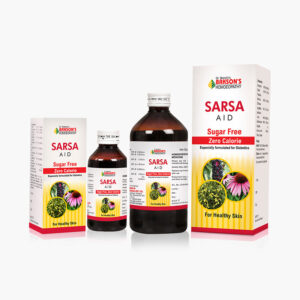What is Pressure Injury?
Pressure injuries are defined as localized damage to the skin as well as underlying soft tissue, usually occurring over a bony prominence or related to medical devices. They are usually the result of prolonged or severe pressure due to shear and friction forces.
These pressure injuries remain a major problem within hospitals and result in decreased quality of life rendering high costs for both the patient and health care system. The incidence of pressure injury depends on the clinical setting.
Causes/risk factors
Pressure injuries of the skin and soft tissues are formed when the pressure above a certain threshold leads to prolonged tissue ischemia and necrosis. This pressure may be sustained for a longer period of time in patients with sensory deficits. The risk factors in general include immobility, reduced perfusion, malnutrition and sensory loss. Patients with any cerebrovascular or cardiovascular disease, diabetes and urinary incontinence are also at a higher risk for developing pressure injuries.
Signs of pressure injury
The kind of pressure injury depends on the history given by the patient with respect to its location, duration, potential cause, changes in size etc. Also, following locations are the common sites for pressure-
- Sacrum
- Greater trochanter
- Ischial tuberosity
- Lateral malleolus
- The heel of the foot
Signs of infection like erythema, induration, warmth, tenderness with palpation are also present.
Diagnosis
A staging system developed by the National Pressure Injury Advisory Panel must be used for the assessment of all pressure injuries. The classification is as follows-
- Stage 1: non-blanchable erythema of intact skin and erythema remains for greater than one hour after relief of pressure.
- Stage 2: partial-thickness loss of skin with exposed dermis
- Stage 3: full-thickness loss of skin tissue; subcutaneous skin and muscle may be visible
- Stage 4: full-thickness loss of skin tissue; tendons, bone, and joints may be visible
- Unstageable: full-thickness loss of skin tissue that is obscured by eschar or slough
- Deep tissue: skin that is persistently non-blanchable, with maroon or purple discoloration
Laboratory examination must include a comprehensive metabolic panel, complete blood count and albumin and pre- albumin status.
General management
Redistribution of pressure and appropriate patient positioning is required to prevent the development and worsening of pressure injuries. Proper wound care is also recommended with proper medications.
Warning: Above information provided is an overview of the disease, we strongly recommend a doctor’s consultation to prevent further advancement of disease and/or development of complications.
Disclaimer: The information provided herein on request, is not to be taken as a replacement for medical advice or diagnosis or treatment of any medical condition. DO NOT SELF MEDICATE. PLEASE CONSULT YOUR PHYSICIAN FOR PROPER DIAGNOSIS AND PRESCRIPTION.



 Login
Login








